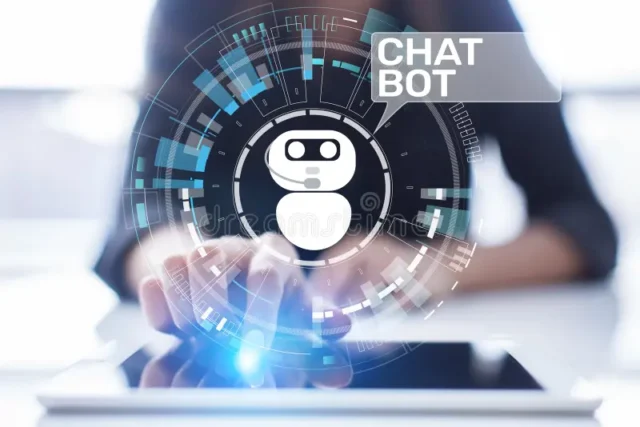Chatbots have become essential tools for businesses looking to enhance customer service, improve user engagement, and streamline operations. Building a chatbot for your website or app may seem daunting, but with the right approach, it can be a straightforward process. Here’s a step-by-step guide on how to create an effective chatbot.

Table of Contents
ToggleStep 1: Define Your Goals
Before diving into the development process, it’s crucial to determine the primary purpose of your chatbot. Consider the following questions:
- What problems do you want the chatbot to solve?
- What tasks should it handle? (e.g., answering FAQs, booking appointments, providing product recommendations)
- Who is your target audience?
Clearly outlining your goals will help shape the functionality and design of your chatbot.
Step 2: Choose the Right Platform
Several platforms and tools are available for building chatbots, each offering different features and capabilities. Some popular options include:
- Chatbot Builders: Tools like Chatfuel, ManyChat, and Tars allow users to create chatbots without coding. These platforms offer drag-and-drop interfaces, templates, and integrations.
- Custom Development: For more complex requirements, you may want to develop a chatbot using programming languages (e.g., Python, JavaScript) and frameworks (e.g., Microsoft Bot Framework, Rasa). This option provides greater flexibility but requires technical expertise.
Step 3: Design the Conversation Flow
The conversation flow outlines how users will interact with the chatbot. Consider the following aspects:
- User Inputs: Identify the various ways users might initiate a conversation or ask questions.
- Bot Responses: Create responses for different scenarios, ensuring they are clear, concise, and engaging.
- Fallback Options: Prepare fallback responses for when the chatbot cannot understand a user’s input. This can include redirecting to human support.
Use flowcharts or diagram tools to visualize the conversation paths, making it easier to design the user experience.
Step 4: Incorporate Natural Language Processing (NLP)
If you want your chatbot to understand and respond to user queries in a conversational manner, incorporating NLP is essential. Here are some popular NLP tools and frameworks:
- Dialogflow: A Google-owned platform that offers robust NLP capabilities and integrates easily with various messaging platforms.
- IBM Watson Assistant: Provides advanced AI and machine learning capabilities to understand user intent and context.
- Microsoft LUIS: A machine learning-based service for building natural language interfaces.
Choose the right NLP solution based on your technical requirements and budget.
Step 5: Build and Test Your Chatbot
Once you have a clear conversation flow and have selected your platform and NLP tool, it’s time to build the chatbot. Follow these steps:
- Set Up the Environment: Configure the development environment based on your chosen platform or programming language.
- Implement the Conversation Flow: Code or configure the chatbot to follow the conversation flow you designed earlier.
- Integrate NLP: Implement the chosen NLP tool to enhance the chatbot’s understanding of user inputs.
- Conduct Testing: Rigorously test the chatbot with various scenarios to ensure it responds accurately and as intended. Consider involving real users in beta testing to gather feedback.
Step 6: Deploy Your Chatbot
After thorough testing, it’s time to deploy your chatbot. Depending on your target audience, you may choose to integrate it into:
- Your Website: Use plugins or embed codes provided by your chatbot platform to add the chatbot to your website.
- Mobile Apps: If you have a mobile app, you can integrate the chatbot using APIs or SDKs provided by the chatbot development platform.
Step 7: Monitor and Optimize
Once your chatbot is live, it’s important to monitor its performance and user interactions. Use analytics tools to track metrics such as:
- User engagement rates
- Response accuracy
- Common queries and issues
Gather user feedback to identify areas for improvement. Regularly update the chatbot’s knowledge base and conversation flow to enhance its effectiveness and keep it aligned with your business goals.
Conclusion
Building a chatbot for your website or app can significantly enhance customer interaction and improve service efficiency. By following these steps—defining your goals, choosing the right platform, designing a conversation flow, incorporating NLP, testing, deploying, and continuously optimizing—you can create a chatbot that meets the needs of your users and adds value to your business. Embrace the power of chatbots and watch your customer engagement soar!


No responses yet